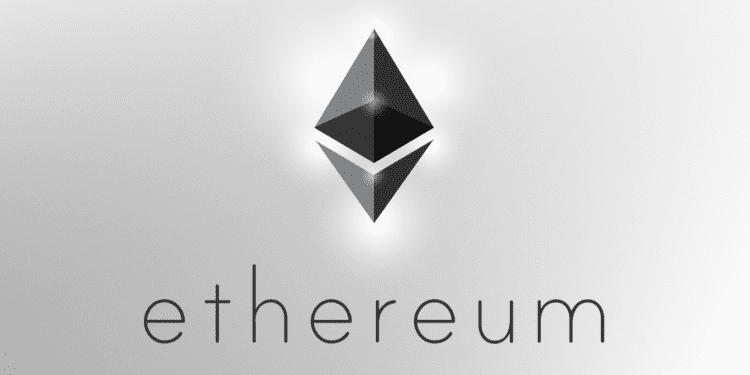According to Glassnode statistics, the total value invested in the ETH2 deposit contracts has grown to over 12.760 million as of now. Ethereum is getting closer to becoming a proof-of-stake blockchain thanks to this price.
Since November 2020, when the ETH 2.0 staking feature was introduced, 398,000 unique validators have contributed Ether to the beacon chain. In the previous 30 days, another 19,800 validators joined the network.
Ether2 Vastly Improving the Older Network
At today’s rates, the total quantity of Ether staked is 10.73 percent of the circulating supply, worth about $23.2 billion.
Staking is required to use validator software. It entails investing 32 ETH.
The Ethereum 2.0 upgrade, sometimes known as “Serenity,” is a multi-stage shift from proof-of-work (PoW) to proof-of-stake (PoS). The change is intended to enhance the network’s scalability, efficiency, and speed.
The current PoW network has several flaws, the most significant of which is the high gas costs. As PoW blockchains rely on miners to authenticate transactions, PoS blockchains need to run nodes through stakers. This protects the blockchain while also providing incentives to participants through ETH.
Leading the Blockchain Networks
According to the Staking Rewards data, validators may now expect 4.14% in yearly rewards for staking on Eth 2.0. Ethereum is still the most developed blockchain network, with the most web3 apps. However, the system also has the most transactions, which may cause congestion and inflated pricing.
The Beacon, Merge, and Shard chains are the three stages of Ethereum’s shift to PoS. Developers can test apps and features on testnets, which are virtual networks.
The ETH2 deposit contracts have seen a surge in value as the merge date approaches.
This upgrade is crucial to Ethereum’s future, and the price reflects this. Ethereum’s success depends on the successful completion of this upgrade. The value of ETH staked in the deposit contracts is a good indicator of investor confidence in the network.
Thanks to the support of its community, Ethereum is getting closer to becoming a proof-of-stake blockchain. The total value invested in Ethereum’s deposit contracts has grown to over millions as of now. This price is a reflection of the confidence that investors have in Ethereum’s future.
Ropsten Testnet
Currently, the “Ropsten” public testnet for Eth 2.0 is in progress, which serves as a significant dress rehearsal before the August merger. Aside from these changes, experts claim that after the Eth 2.0 network is live, it will be able to process up to 100,000 transactions per second without bottlenecks.
The problem with gas prices is only getting worse, as the network now allows for just under 30 transactions per second.
By using the Ethereum 2.0 platform, companies can focus on their core business and not be concerned about adding extra hardware or software to manage a scaling problem that will occur in the future. The protocol’s creators estimate it will reduce computing power consumption by 99 percent, making it an appealing “green” alternative for crypto developers and users.














